Impurities in hemp
min. reading
The hemp market continues to grow, with new manufacturers beginning to offer a wider range of products. But does more choice go hand in hand with higher quality? Considering the fact that hemp is particularly vulnerable to various types of contamination, while the hemp market is still not fully regulated, one may have some doubts about this. Currently, there are no regulations requiring producers to test hemp products for chemicals or microorganisms. This is a pity, because the plant is heavily exposed to contaminants and all products should have such testing. For information on what contaminants may be present in hemp, see the following text.
Table of Contents
Chemical contaminants in hemp
Not all plants are able to grow in contaminated soil. However, hemp is one of the groups that tolerates pollution well. We are talking about both heavy metal contaminants such as lead, cadmium, mercury or chromium, but also non-metallic chemicals such as arsenic, nitrates or nitrites. Consuming a chemically contaminated cannabis product can lead to serious side effects, which is why it is so important to recognize such contamination as soon as possible.
Heavy metals
Hemp plants have a special characteristic – they have the ability to pull heavy metals out of the soil and accumulate them in the higher parts. Researchers from the University of Wuppertal and the Faser Institut in Bremen, Germany, have shown that hemp planted for remediation (decontamination of contaminated soil) accumulated most of the heavy metals in the leaves. In contrast, the plants’ stems bore virtually no trace of contamination. All subsequent studies of hemp crops have only confirmed what the German scientists discovered – they show the ability to hyperaccumulate heavy metals such as arsenic, lead, mercury, copper, chromium and nickel. This means that products from crops grown on land where even small amounts of heavy metals were present can be contaminated with them. Heavy metals are deposited in soft tissues and bones, are found in the blood, and disrupt physiological functions such as the functioning of the immune system. If high concentrations of heavy metals are ingested, poisoning of the body occurs In certain cases, it can even lead to death.
Non-metallic contamination
Environmental contamination by arsenic is most often associated with mining activities of the element itself or gold. Worldwide, arsenic pollution affects as many as 70 countries, including Poland, and especially the area around Lower Silesia, where an arsenic mine operated for more than 700 years. Concentrations of toxic arsenic derivatives have been found in both water and soil. Cannabis can pull arsenic out of the ground and accumulate it in higher elevations. Arsenic is not only a potent poison, but also has carcinogenic effects and is radioactive. In contrast, nitrites, which are commonly used to fertilize crops, can still be present in the ground for many years. Nitrites in the human digestive tract, under the influence of the activities of bacterial flora or low pH of the stomach, undergo transformations that result in the formation of compounds hazardous to health – nitrosamines. They are highly carcinogenic and particularly harmful to children.
Pesticides in hemp
These popular pesticides were developed to combat harmful microorganisms, pests, diseases affecting not only plants, but also animals or bodies of water. They are various types of chemical compounds that kill not only harmful organisms, but also other organisms that live in the area. So they are a direct threat to humans and their health, especially if the standard for their content in food is exceeded. There is a belief that maintaining a sufficiently long interval between pesticide application and harvesting will be sufficient to avoid residues in the plant. Unfortunately, the pesticide is not always neutralized, and certainly some part of it will remain in the soil. If cannabis grows on such soil or herbicides (herbicides) or other pesticides are applied during its growth, there is a presumption that the resulting products will contain them.
Biological contaminants in hemp: bacteria, fungi and yeast
After the growth stage, hemp plants are cut and dried. Biological contamination can then develop, especially if the plants have been attacked by fungi or bacteria while still in the growing stage. In addition, inadequate drying and storage conditions for dried hemp, such as excessive humidity or poorly ventilated rooms, are factors that increase the likelihood of contamination. These pathogens can be found in the final hemp product, such as CBD oil, and cause negative side effects in humans. Some plant pathogens produce toxins, such as pink mold. Their consumption disrupts the body and causes allergies. Molds, bacteria and fungi that develop in hemp are quite a problem, especially for organic crops that do not use pesticides. Therefore, any hemp raw material before it is processed should also be tested for biological contaminants.
Can hemp be contaminated with microorganisms?
As a US case recorded in 1981 shows, unfortunately they can. At that time, there was a poisoning of some 31 people who consumed hemp contaminated with Salmonella, a dangerous bacteria that causes typhoid fever, a gastrointestinal disease. Salmonella bacteria reside in both human and animal bodies. Infection occurs through the ingestion of food or water contaminated with these microorganisms. Most common are eggs (and foods containing them), undercooked poultry meat or foods that have come into contact with animal feces. This is extremely rare, as is contamination of cannabis with Eschericha Coli, a bacterium found in the large intestine of humans and animals, which can get into plants or vegetables through the use of contaminated manure. Other microorganisms, specifically Aspergillus fungi, can occur on cannabis grown in high humidity and temperature conditions. Mycotoxin-producing fungi can reside in the lungs of cannabis smokers and cause unpleasant asthma-like symptoms.
Solvent residues in cannabis
Some types of hemp extracts, or the popular CBD oils, are created by using a solvent. There are non-toxic solvents like CO2 and more toxic ones, such as ethanol. The latter at the final stage of extraction must be separated from the oil, but it can happen that some part of the solvent remains in the oil. This is especially true of so-called garage extractions, the production of CBD oils by inexperienced companies, small craftsmen who do not have the necessary know-how and laboratory facilities. Hemp products containing residual solvent can be very dangerous to health, so if a toxic solvent is used, the oil must be tested for its presence.
Hemp research is a must
Hemp has many valuable properties, while products made from it can be widely used. However, it should be remembered that the plants are extremely susceptible to various types of contamination, so products made from them should undergo a number of tests. In order to make sure that the final product, for example, hemp tea or CBD oil will have only beneficial properties and will not harm consumers, each hemp company should thoroughly test them. The legislator only requires testing for THC, a substance that has psychedelic effects, but this is not enough to guarantee consumers a safe product that meets their expectations. Each hemp product should be tested for heavy metals, non-metallic toxins, mold, fungi, bacteria or microorganisms.

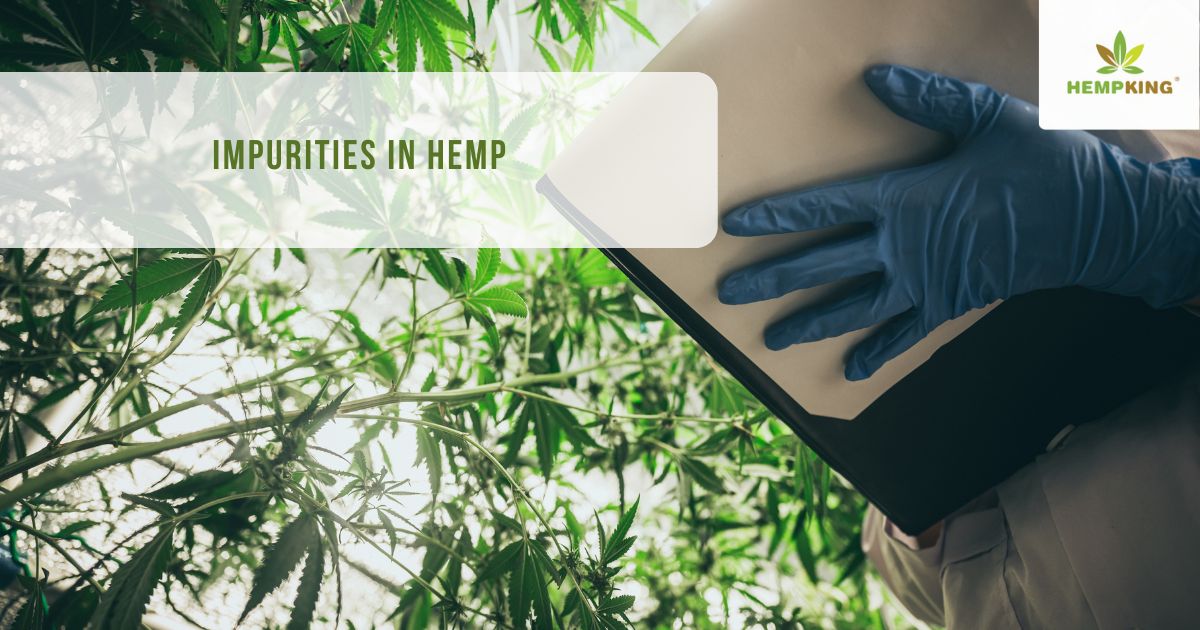
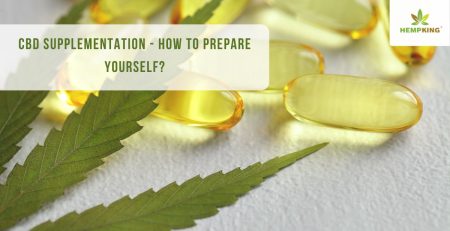
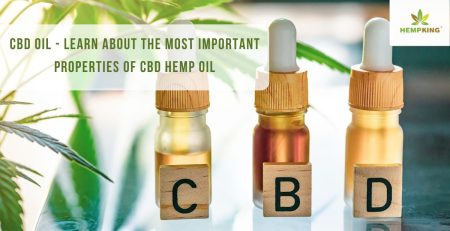

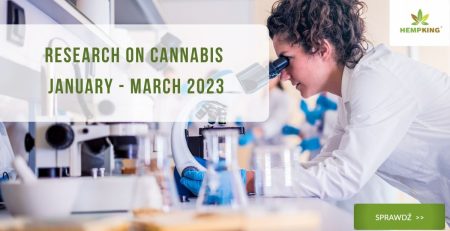
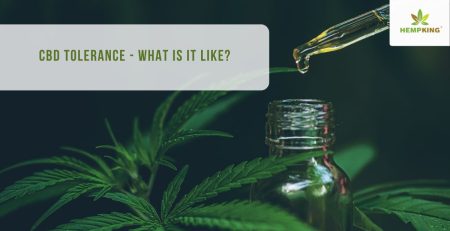

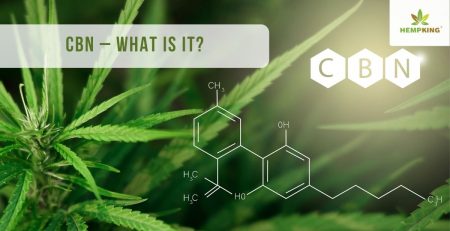

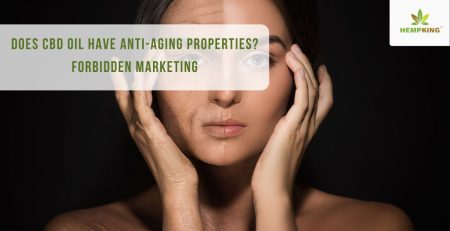
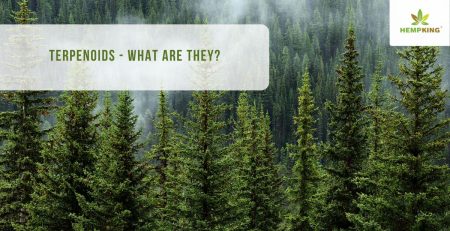

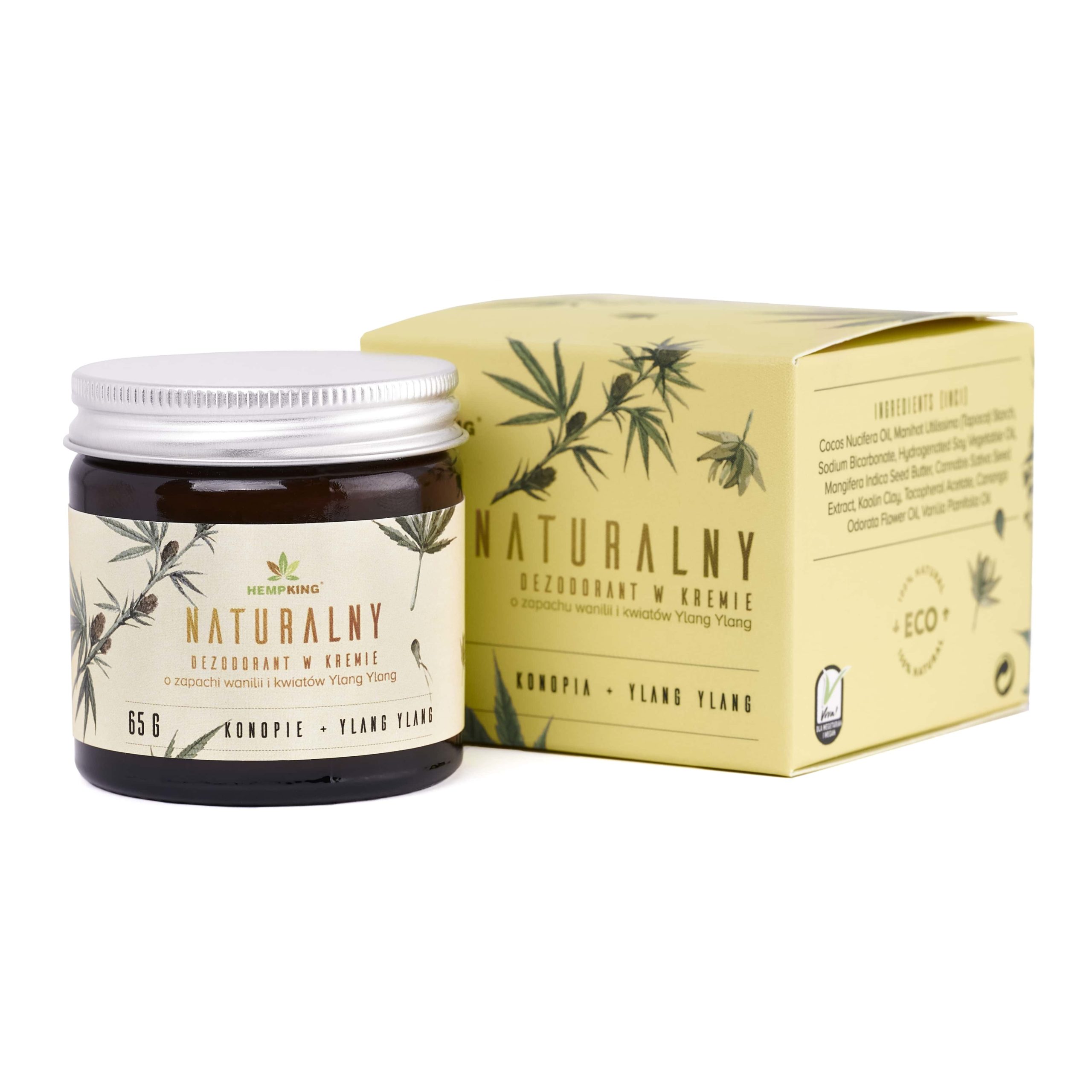
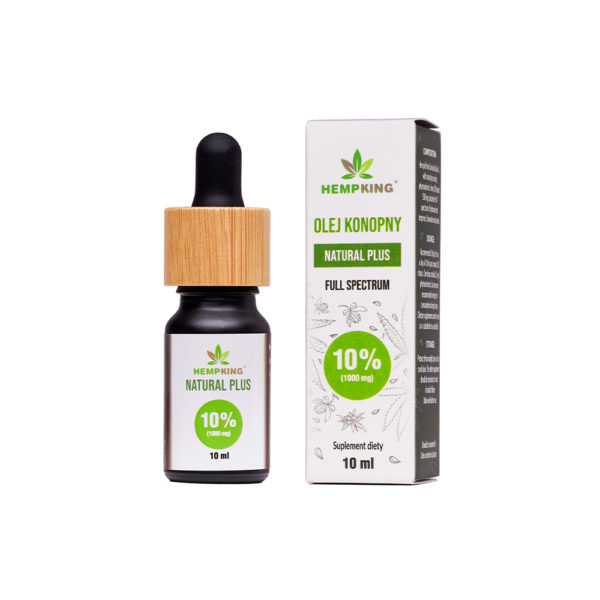
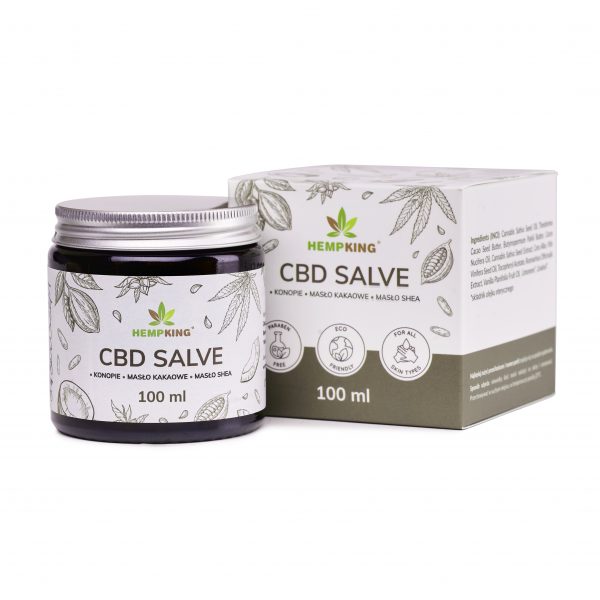
 Facebook
Facebook Instagram
Instagram

Leave a Reply